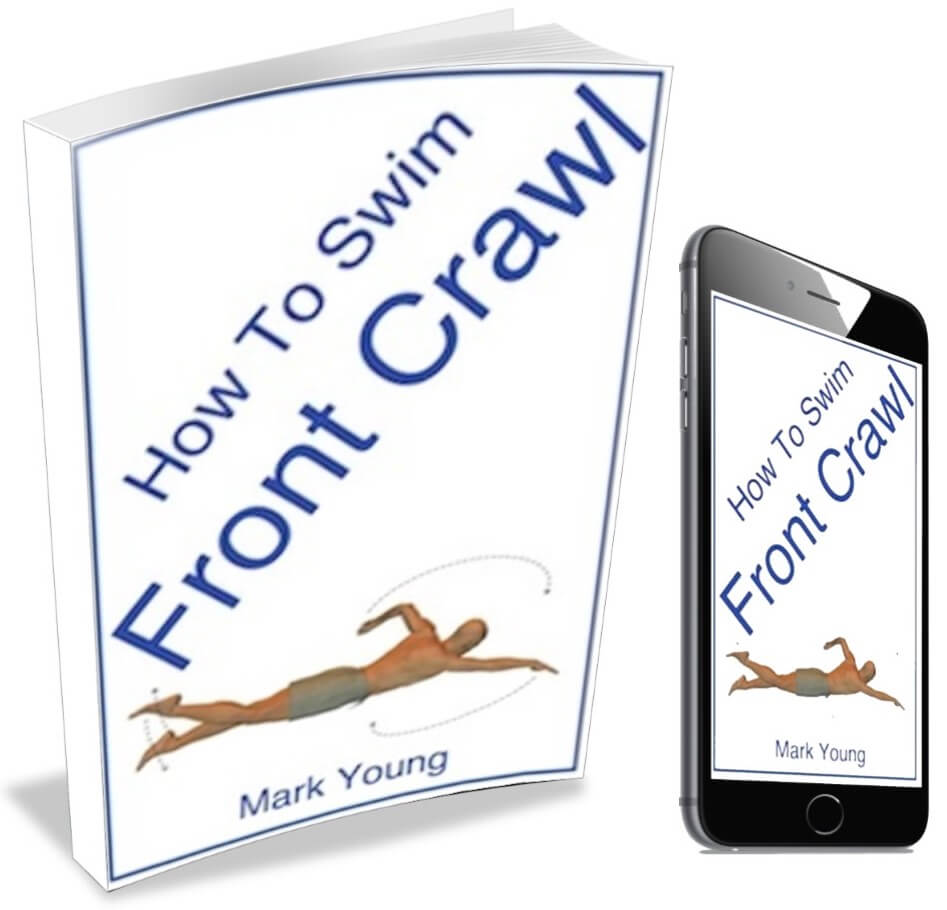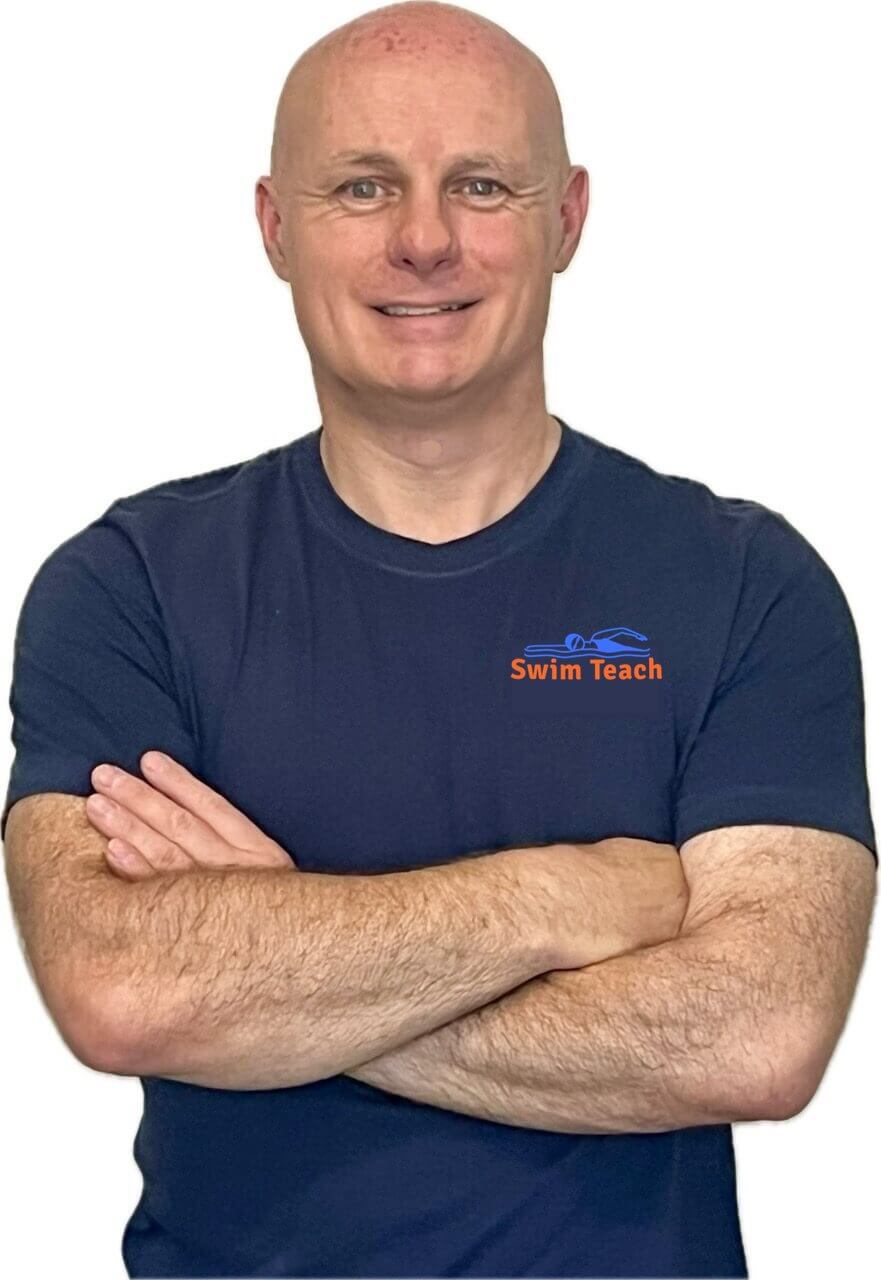Front Crawl Breathing Technique
My daughter's front crawl breathing technique needs some help. She must pass a lifeguard test to keep her job as a supervisor at a fitness centre. While she can swim, she has never been able to breathe correctly while her face is in the water (breathing to the side). She must test in the next few weeks and is frustrated that she can't master this technique. I am purchasing your book "front crawl" tonight when I get home, but if you need any additional info for the breathing problem, please advise.
There are two types of breathing techniques for front crawl; either is correct. However, one technique is usually easiest and is, therefore, the most preferred.
Explosive breathing involves holding your breath as you swim and then breathing out and then in again in the short second that the head is turned. Holding the breath whilst swimming can be difficult and tiresome, which is why this technique is not always taught or encouraged. However, some swimmers do find it beneficial.
Trickle breathing is the technique used that most swimmers find the most comfortable. This involves breathing out into the water during strokes and means that the swimmer only needs to breathe in when the head is turned and therefore has enough time to get the required amount of air in the lungs.
The breath out should be slow and steady and not forced to encourage a relaxed breathing technique. This will, of course, change over time and distance as the swimmer becomes tired and fatigue sets in, when breathing will become more forceful and more frequent.
Then there is the question of when to breathe and how often. This is usually determined by the distance to swim. Short-distance sprint swimmers breathe as little as possible whereas long distance front crawl swimmers will breathe every stroke to maintain a steady, even pace.
A good starting point for your daughter is to breathe every three strokes (arm pulls), which means she will alternate the side she breathes on. How long she can maintain this breathing pattern will depend largely on her fitness level, when she becomes tired, switch to breathing every stroke, breathing to the same side with each arm pull.
The head should be rolled to the side and not lifted and turned. Ensure that one ear remains in the water as the opposite ear faces upwards. A good teaching point is to get her to look at her shoulder as she turns her head to breathe. This will ensure she is turning her head and not lifting it.
One of the most common mistakes made with front crawl is to swim too fast too soon, and this would be easy for your daughter to do as part of a lifeguard test, especially if it is a swim against the clock.
The key is to relax into the stroke and take your time. An efficient and smooth front crawl comes from having a streamlined body position and steady even, paced arm action. These parts in turn then make the breathing easier to sustain, but practice makes perfect and like any form of exercise swimming becomes easier with some training.
So encourage your daughter to relax into the swimming stroke, take her time, feel her way through the water and don’t fight it.
My ebook How To Swim Front Crawl contains over 20 separate swimming exercises to help all parts of freestyle, including breathing. You can download it, print out the parts you need and take them to your pool to try out. Click the link below for more information.
 How To Swim Front Crawl
How To Swim Front Crawl$9.99

I am a member of the Amazon Associates Program and I will earn a commission from qualifying purchases at no extra cost to you.




